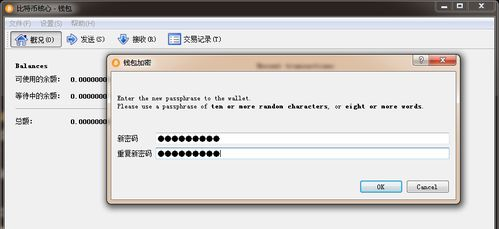How Bitcoin Can Face Quantum Hacking Threats, Understanding the Risks
As advancements in quantum computing continue to progress, the potential implications for Bitcoin and other cryptocurrencies are significant. This article explores how Bitcoin could be vulnerable to quantum hacking, the mechanisms through which it could occur, and measures that can potentially mitigate these risks.
As advancements in quantum computing continue to progress, the potential implications for Bitcoin and other cryptocurrencies are significant. This article explores how Bitcoin could be vulnerable to quantum hacking, the mechanisms through which it could occur, and measures that can potentially mitigate these risks.

The Quantum Computing Revolution
Quantum computing represents a sophisticated form of computation that drastically differs from classical computing. By utilizing quantum bits or qubits, quantum computers have the potential to solve complex problems at unprecedented speeds. The possibilities that quantum technology holds are enormous, but so are the threats it poses, particularly to the security systems currently in use across digital currency infrastructures like Bitcoin.

Bitcoin’s Security Mechanisms
Bitcoin relies on cryptographic algorithms to secure transactions and control the generation of new units. The primary algorithms in use include the SHA-256 hashing algorithm for mining and the ECDSA (Elliptic Curve Digital Signature Algorithm) for securing transactions. While these mechanisms are robust against classical computational attacks, they are inherently weaker against the computational power of advanced quantum computers.

How Quantum Hacking Could Occur
Quantum hacking threats can manifest primarily through two main avenues: transaction signing and the private key extraction process. The vulnerability primarily lies within the ECDSA, as it could theoretically be broken by Shor’s algorithm, a quantum algorithm that could efficiently compute private keys from public keys. This means that if a quantum computer could be sufficiently advanced, it could potentially derive a user’s private key from their public address, allowing an attacker to access their Bitcoin holdings.
Risk Factors for Bitcoin Users
The risk to Bitcoin users lies not only in current cryptographic weaknesses but also in the element of time. Even as quantum computers remain experimental, the theoretical ability to perform such attacks requires that Bitcoin users remain vigilant. For instance, if users are holding funds in unspent transaction outputs (UTXO) for extended periods, they may be at a greater risk of exposure. Transactions made recently, however, may not be as susceptible, depending on timing.
Mitigating Quantum Hacking Risks
To address these vulnerabilities, the cryptocurrency community is actively exploring several responses from transitioning to new cryptographic algorithms designed to be resistant to quantum attacks, known as post-quantum cryptography. By adopting more secure algorithms before quantum computers become powerful enough for effective attacks, Bitcoin can significantly reduce its risk. Furthermore, users can protect themselves by frequently moving their Bitcoin to new addresses, thereby shortening the window of exposure.
In conclusion, while the threat of quantum hacking to Bitcoin remains largely theoretical at present, it is imperative for users and developers alike to remain proactive. Understanding how quantum computing might compromise Bitcoin’s security is crucial for the future integrity of this digital currency. By staying informed and prepared, the implications of quantum technology can be effectively managed.




